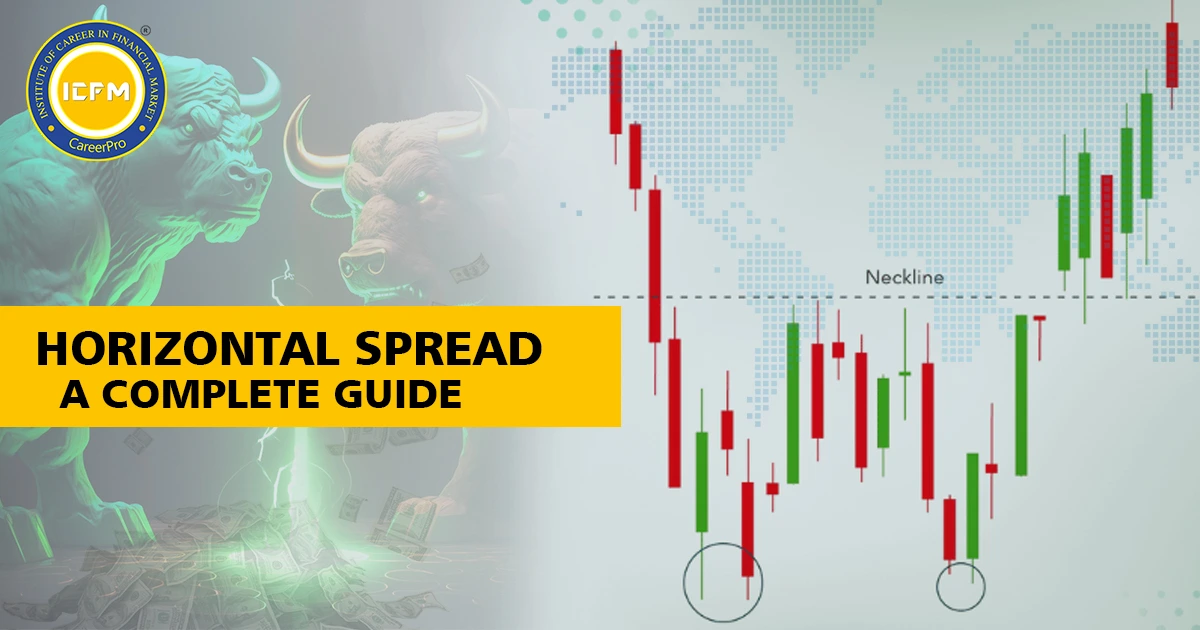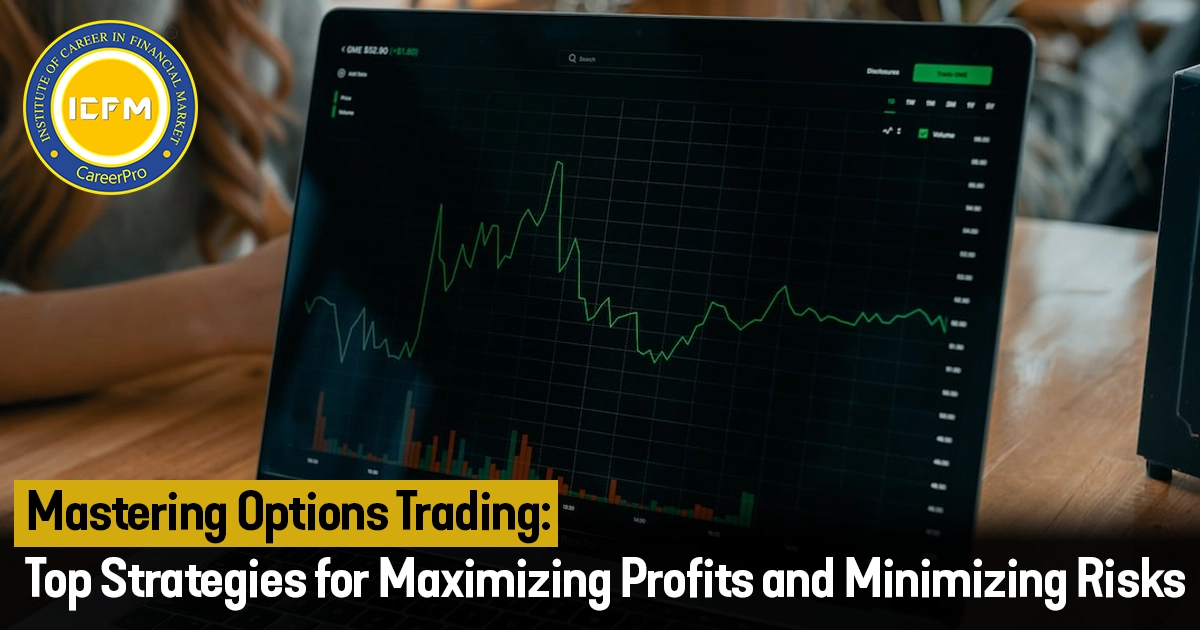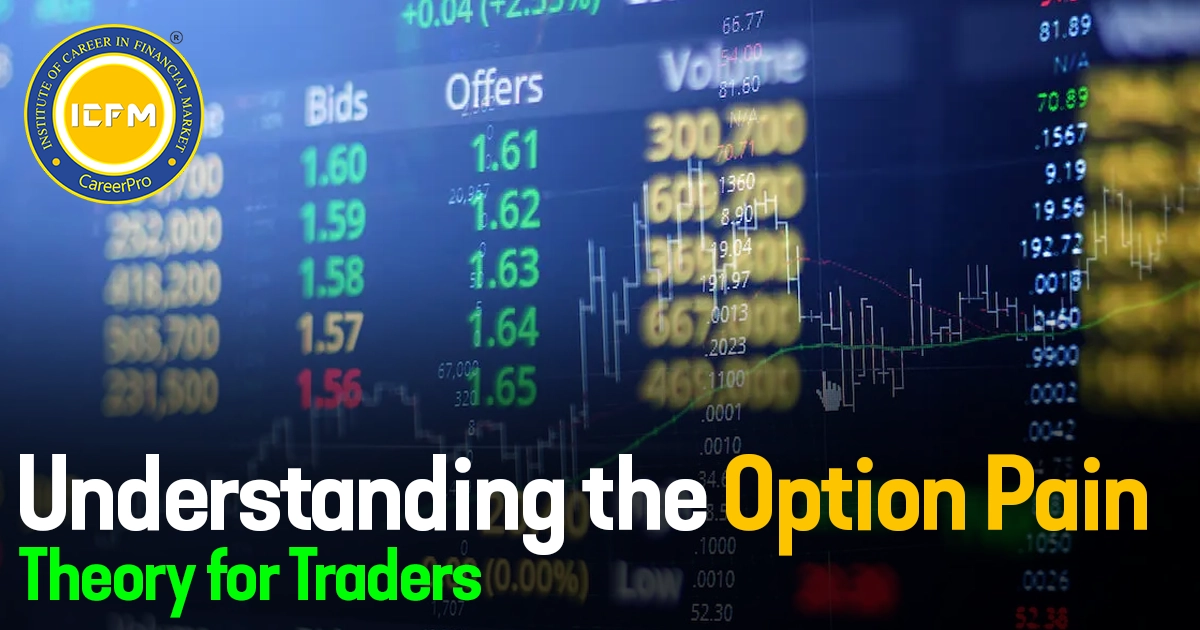Horizontal Spread: A Comprehensive Guide
A horizontal spread, also called a time spread or calendar spread, is one form of options trading strategy in which the trader seeks to gain his money through time decay differences between two options contracts that have the same underlying strike price, though differing in their underlying expiration dates. This strategy is most often employed when one anticipates low volatility in the short term but does believe that there will be some type of movement in the near future as well; it will exploit the differing rates of decay that are intrinsic to options as they move closer to expiration.
Horizontal spread
- Selling one option that has a shorter lifespan to run, selling the call or put option that has 30 days left in the manner it will expire.
- The strike prices of the bought and sold options are identical, and both have to be either a call or a put type of option.
Horizontal Spread Example:
- Stock: XYZ Ltd.
- Current stock price: ₹1,000
- Strategy: Horizontal call spread
Sell one call of XYZ Ltd. with a strike price of ₹1,000 for 60 days at a cost of ₹50 per share.
Buy one call of XYZ Ltd. with a strike price of ₹1,000 for 30 days at a cost of ₹30 per share.
You would be paying for this horizontal spread:
Cost = ₹50 (to buy the 60-day call)- ₹30 (to sell the premium from 30-day call) = ₹20.
That value of ₹20 per share will be at maximum loss if the options end worthless. In actual trading this would amount to the standard lot size of 100 shares into ₹2,000 for the value of ₹20 x 100.
Profit and Loss Potential
- Maximum Loss: the utmost possibility loss when a spread is placed in a horizontal manner: the outcome depends on all the options that expire worthless. For instance, if this example is considered, then it can be said that maximum loss is the initial debit of an amount of ₹20 per share.
- Maximum Profit: The strategy maximizes profit at the point where the stock price, at the expiration of the short-dated option, is either at or near its strike price. This would result in the fact that the time-decaying value of the short-dated option would be greater compared to the long-dated one and, therefore, would enable the trader to sell the long option at a higher price after the expiration of the short option.
Example Payoff Calculation
- The short call option will have only 30 days to expiry and will probably lose most of its time value and may even possibly expire worthless as well. Since the stock price hasn't moved, the option may now sell for ₹5.
- Long Call is still 30 days to expiration and, therefore, has much more value and can sell for ₹ 40 .
The trader can now close the position:
The optimal use of horizontal spread occurs when
- Neutral Outlook: The stock should be stable in the short run but is likely to respond shortly after the short-term option has expired.
- Volatility Expectations: Since the strategy depends on taking advantage of the low volatility of the life for the short-term option, it favors the long if volatility picks up after the short-option gets exercised.
Risks Involved
1. Shorter time window to generate profit: Given that the horizontal spread generates its profits by taking advantage of the differences in the decay of time, it creates a relatively short working window before an option that is shorted decays. Now, if the stock moves big in this time until the decaying short option, then it would obviously decrease the value of the position left in the long option. In this case, if large losses are suffered by the short option, then the long option won't benefit much.
2. Change in Implied Volatility: Implied Volatility crashing is bad for both the longs and the shorts- the position loses its value overall. A horizontal spread takes well to stable or rising volatility.
How to Fine-tune a Horizontal Spread
- Roll the short option: If the event occurs close to the rollover date of the short option and yet no trade is available at or above the profit target, you can roll that short option over to another short option where the event occurs after that preferred rollover date. This creates another horizontal spread but with a different time frame.
- Exit early: If the underlying stock does this in a way that is unbudgeted for, or volatility does spike, it may make sense to exit early to limit loss.
Conclusion:
A horizontal spread is useful for option traders because it maximizes it within a low-volatility environment where time decay becomes an important factor. It is now natural balance in certain measurable risk in terms of defined loss and, simultaneously profitable to a certain extent. With this understanding about how time decay interplays with volatility, horizontal spreads can better be applied to strengthen trading and capitalize in small movements or stability in the market.









